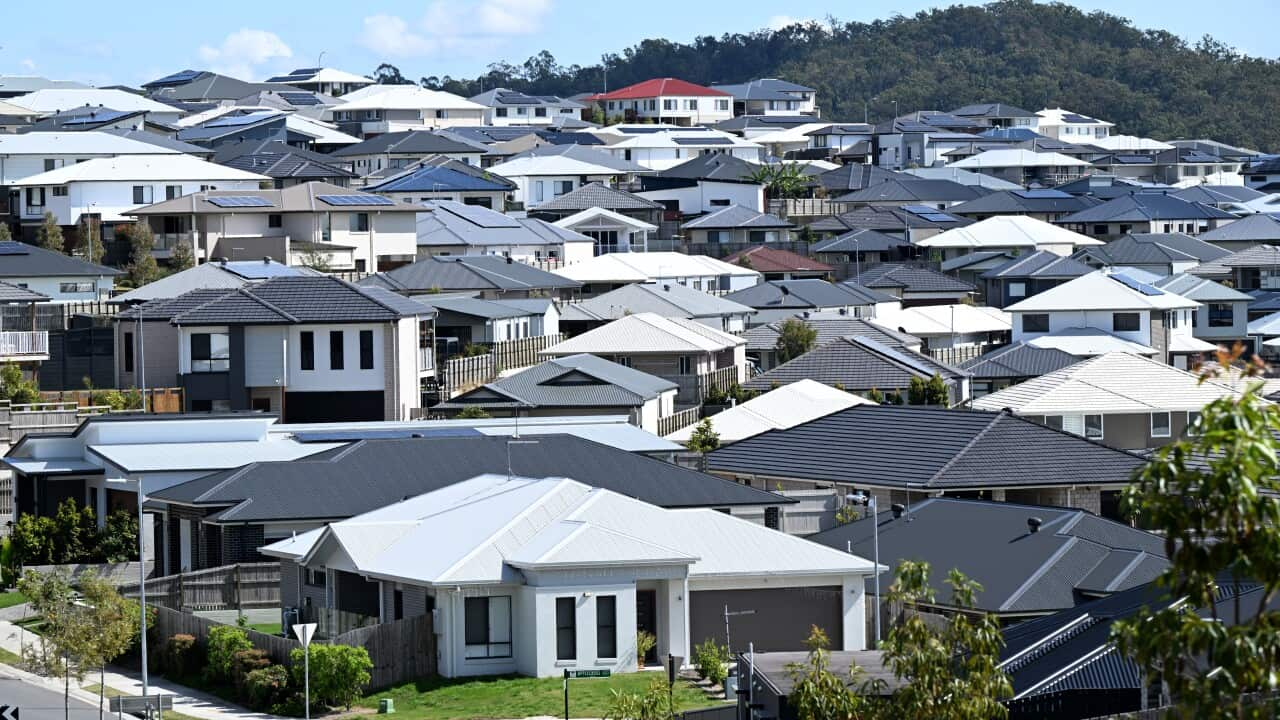Housing trends in Australia are undergoing a dynamic transformation, shaped by a mixture of economic pressure, technological advancement, lifestyle shifts, and evolving government policy. From the bustling high-rises of Sydney and Melbourne to the rising popularity of regional towns, the Australian housing market is redefining itself to meet the needs of a changing population. According to the Australian Bureau of Statistics, urban population growth has placed mounting pressure on housing supply, resulting in increased demand for high-density living and alternative housing solutions.
The preference for apartment living has surged, particularly among millennials and Gen Z homebuyers. With escalating property prices in major cities—Sydney’s median house price now exceeds $1.3 million—compact and affordable units are proving more accessible. This urban densification trend is reinforced by government strategies like the NSW Housing 2041 plan, which prioritizes high-rise and mixed-use developments to combat urban sprawl. Meanwhile, the appeal of city living continues to attract young professionals seeking convenience and connectivity, making high-density housing a cornerstone of emerging housing dynamics.
However, a contrasting migration pattern is unfolding. Regional Australia is experiencing an unexpected boom as more people seek affordability, space, and quality of life. According to the Regional Australia Institute, regional areas have seen population growth accelerate post-pandemic, driven by the rise in hybrid and remote work arrangements. Programs like the Regional First Home Buyer Guarantee have further incentivized this shift, making it easier for Australians to leave overcrowded cities for rural peace without compromising connectivity or employment.
Technological innovation is also playing a central role in housing evolution. The integration of smart home systems and energy-efficient features is reshaping what it means to live sustainably in Australia. More than 78% of homeowners now prioritize energy efficiency in their housing decisions, as highlighted by the Clean Energy Council. Developments with solar panels, home automation, and green certifications such as NatHERS and Green Star are becoming the norm. Not only do these homes reduce carbon emissions, but they also provide long-term cost savings—up to $1,200 annually in electricity alone, according to the Australian Energy Regulator.
Perhaps the most pressing trend in the market is the affordability crisis. While wages remain stagnant, house prices and rental costs continue to climb. According to CoreLogic, rental prices have surged across all capital cities, with Sydney reaching record highs. In response, the government has rolled out the $10 billion Housing Australia Future Fund to support the construction of affordable homes, while developers are exploring Build-to-Rent (BTR) models to ease rental pressure. Co-living arrangements and micro-apartments are also on the rise, offering flexible, cost-effective alternatives for those locked out of traditional housing markets.
As these shifts continue to evolve, understanding Housing trends in Australia is crucial not just for investors and policymakers, but also for every individual navigating where and how to live in the years ahead.
Urban Living Redefined: The Rise of High-Density Housing
Population Growth Driving Vertical Expansion
Australia’s urban population is growing rapidly, especially in cities like Sydney, Melbourne, and Brisbane. As of 2024, Sydney’s population stands at over 5.3 million, and Melbourne is close behind at 5.2 million. To accommodate this influx, urban developers are increasingly focusing on high-density housing projects such as apartments and townhouses.
Government Incentives for Medium and High-Rise Builds
To manage urban sprawl, the Australian government has introduced incentives for high-rise residential developments. For example, the New South Wales government’s ‘Housing 2041’ plan allocates funding and fast-tracked approval processes for multi-unit buildings in growth corridors.
Changing Lifestyles and Preferences
Millennials and Gen Z homebuyers are showing a strong preference for city living. According to CoreLogic, 62% of first-home buyers in 2023 opted for apartments or units due to affordability and proximity to amenities. These shifts are becoming major drivers in Housing trends in Australia.
Affordability and Space Efficiency
With median house prices in Sydney hovering around $1.3 million, many Australians are turning to units and apartments, which average around $780,000. Developers are creating compact, functional spaces that include shared communal facilities to meet lifestyle needs at a lower cost.
Smart Design and Sustainability in Urban Housing
Modern high-density housing now incorporates green building practices. For instance, Green Star-rated buildings have increased by 18% in the last three years, reflecting a growing commitment to eco-friendly urban development. These sustainable practices are an essential aspect of Housing trends in Australia.
The Regional Shift: Why Australians Are Moving Inland
Escaping the Urban Price Tag
A key reason behind the regional shift is affordability. In 2023, the median house price in Sydney was $1.3 million, whereas towns like Orange or Wagga Wagga offered homes for under $600,000. The cost differential is compelling urban dwellers to consider regional alternatives.
Remote Work Reshaping Residential Demand
COVID-19 accelerated the remote work trend, and it continues to shape Housing trends in Australia. As of 2024, 35% of full-time employees have hybrid or remote work arrangements. This flexibility is encouraging migration to regional areas where residents can enjoy lower living costs and better quality of life.
Government Initiatives Supporting Regional Growth
Programs like the ‘Regional First Home Buyer Guarantee’ allow for lower deposits and easier access to financing for those purchasing homes in designated areas. Additionally, infrastructure projects such as improved rail links and internet connectivity support this demographic shift.
Lifestyle and Wellbeing Preferences
Surveys by the Regional Australia Institute show that 63% of Australians believe regional areas offer a better lifestyle and work-life balance. Cleaner air, reduced traffic, and access to nature are motivating factors for migration, making this movement a strong component of Housing trends in Australia.
Regional Real Estate on the Rise
Data from Domain shows that regional areas like Ballarat, Bendigo, and Tamworth have experienced price growth of up to 16% year-on-year. Investment in these regions is surging, and developers are responding with new estates and town planning strategies tailored to growing populations.
Sustainability and Smart Homes: The Future of Aussie Living
Eco-Conscious Buyers Are Leading the Way
A 2023 survey by the Clean Energy Council found that 78% of Australians now consider energy efficiency a top priority when buying a home. This shift in consumer priorities is significantly influencing Housing trends in Australia.
Smart Technology Integration in New Builds
New residential projects increasingly incorporate smart features like solar panels, energy-efficient appliances, automated lighting, and remote security systems. According to Statista, smart home device usage in Australia grew by 21% in 2023, with projections indicating 60% household penetration by 2026.
Green Building Certifications Gaining Traction
The use of sustainability ratings like NatHERS and Green Star is rising rapidly. In 2024, over 48% of new homes in Victoria met a 7-star energy rating or higher, compared to just 29% five years earlier. Developers and consumers alike are aligning with these sustainable practices.
Government Regulations Encouraging Eco-Friendly Construction
Legislation now requires minimum energy efficiency standards for new homes. The 2023 update to the National Construction Code mandates 7-star energy ratings for all new residential buildings, reinforcing sustainability as a core element of Housing trends in Australia.
Cost Savings Drive Adoption of Smart Homes
Households using solar energy save up to $1,200 annually on electricity bills, according to the Australian Energy Regulator. With rising utility costs, the financial appeal of smart, energy-efficient homes continues to attract both buyers and investors.
Affordability Crisis and the Rental Revolution
Rising Home Prices and Stagnant Wages
Despite slower growth in 2024, the affordability crisis remains a dominant feature in Housing trends in Australia. Median house prices in capital cities are still outpacing wage growth. The Australian Bureau of Statistics reports a 12% increase in home prices in the last two years, while wage growth was just 3.6% annually.
Record Rental Demand in Major Cities
Rental markets have tightened significantly. Vacancy rates are below 1% in cities like Brisbane and Hobart. In Sydney, the average weekly rent rose to $720 in 2024 — a 15% year-on-year increase. This trend is leading to fierce competition and rising cost burdens for renters.
Build-to-Rent Projects on the Rise
To address the crisis, developers are embracing Build-to-Rent (BTR) models. According to CBRE, over 12,000 BTR units are in the pipeline across Australia. These purpose-built rental communities offer long-term leases, premium amenities, and professional property management.
Government Policies for Renters and Buyers
In 2023, the federal government introduced the $10 billion Housing Australia Future Fund, aimed at creating 30,000 new social and affordable homes. Additionally, rental assistance programs have been expanded to address immediate needs and stabilize tenancy markets.
Alternative Living Models Emerging
Co-living, micro-apartments, and shared ownership schemes are gaining popularity as responses to housing stress. These models provide affordable access to housing and are becoming an integral part of evolving Housing trends in Australia.




